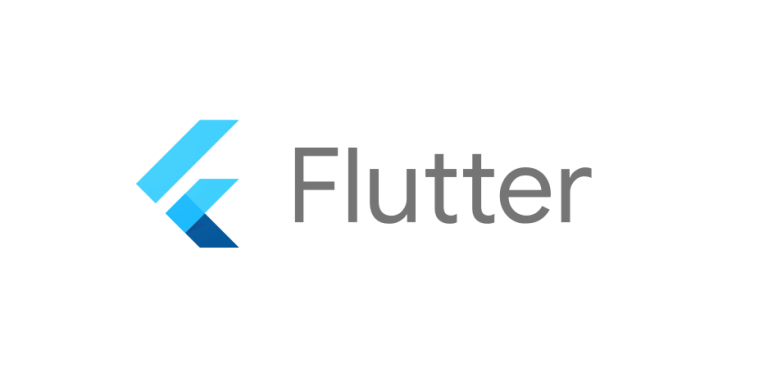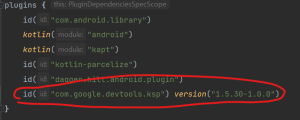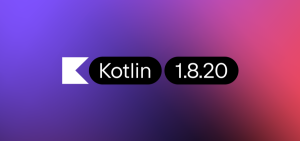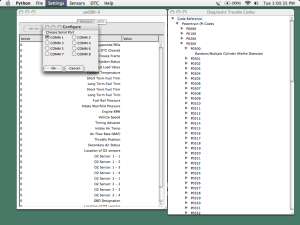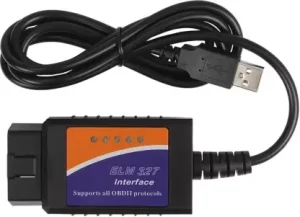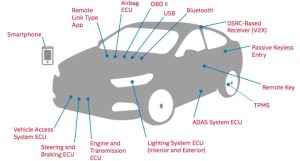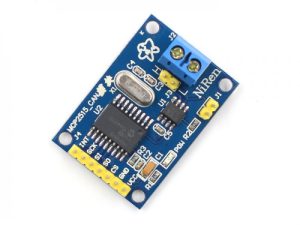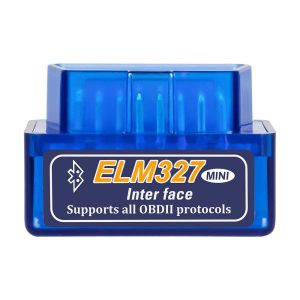In today’s world, mobile applications have become an integral part of our lives. Be it online shopping, banking, social media, or gaming, mobile apps have made everything accessible at our fingertips. With the growing demand for mobile apps, developers are looking for ways to build high-quality apps with minimal effort and time. That’s where Flutter comes into play.
Flutter is an open-source mobile app development framework created by Google. It was first introduced in 2017 and has been gaining popularity ever since. The main advantage of Flutter is that it allows developers to build high-performance, natively compiled applications for mobile, web, and desktop with a single codebase. This means that you can write code once and deploy it to multiple platforms without having to write platform-specific code.
Here are some of the reasons why Flutter is gaining popularity among developers:
- Hot Reload: One of the most significant advantages of using Flutter is its Hot Reload feature. Hot Reload allows developers to make changes to the code and see the changes instantly without having to restart the application. This means that developers can make changes to the UI and see the changes in real-time, which makes the development process faster and more efficient.
- Fast Development: Flutter provides a rich set of pre-built widgets that are customizable and can be used to build beautiful and responsive UIs. This helps developers to create UIs quickly and efficiently without having to write a lot of code. Additionally, Flutter’s Dart programming language is easy to learn and has a concise syntax, which makes the development process faster.
- Cross-Platform Development: As mentioned earlier, Flutter allows developers to build applications for multiple platforms with a single codebase. This means that developers don’t have to write platform-specific code, which saves time and effort. Additionally, Flutter’s widgets are designed to look and feel native on each platform, which means that your application will look and feel like a native app on each platform.
- High Performance: Flutter uses a Skia graphics engine, which is written in C++ and is used to render graphics in Android and Chrome. This provides high-performance rendering, which means that the UI is smooth and responsive. Additionally, Flutter’s widgets are designed to be lightweight, which means that the app’s performance is not affected by the number of widgets on the screen.
- Growing Community: Flutter has a rapidly growing community of developers who are contributing to the framework by creating plugins, packages, and widgets. This means that developers can easily find solutions to their problems and get help from the community. Additionally, the Flutter team at Google is actively developing new features and improving the framework, which means that Flutter will continue to evolve and improve in the future.
Flutter has already been used by many companies such as Alibaba, Google, Tencent, and many others to build high-quality mobile applications. Additionally, Flutter has been used to build popular apps such as Hamilton, Reflectly, and Google Ads. This is a testament to the quality and capability of Flutter as a mobile app development framework.
In conclusion, Flutter is an excellent choice for developers who want to build high-quality mobile applications quickly and efficiently. Its Hot Reload feature, fast development process, cross-platform development capability, high performance, and growing community make it an attractive option for developers. If you haven’t tried Flutter yet, give it a try, and you might be surprised at how easy it is to build beautiful and responsive mobile applications with it.
Flutter is a mobile app development framework that uses the Dart programming language. Dart is a language that was created by Google in 2011 and was designed to be easy to learn, have a concise syntax, and provide high-performance execution. Dart is used to write the code that runs on the client-side in Flutter, which includes everything from the UI and business logic to the network and file I/O.
Flutter’s architecture is based on widgets, which are the building blocks of the user interface in Flutter. Widgets are used to build the UI and define its behavior. Flutter provides a rich set of pre-built widgets that developers can use to build beautiful and responsive UIs. These widgets can be customized and styled to fit the app’s design.
Flutter’s widgets are designed to be lightweight, which means that they have a small memory footprint and are easy to render. This allows Flutter to provide high-performance rendering, which makes the app’s UI smooth and responsive. Additionally, Flutter’s widgets are designed to be reactive, which means that they respond to changes in the app’s state and update the UI accordingly.
Flutter’s Hot Reload feature is one of its most significant advantages. Hot Reload allows developers to make changes to the code and see the changes instantly without having to restart the application. This means that developers can make changes to the UI and see the changes in real-time, which makes the development process faster and more efficient.
Flutter’s cross-platform development capability is another significant advantage. Developers can write code once and deploy it to multiple platforms, including Android, iOS, web, and desktop. This means that developers don’t have to write platform-specific code, which saves time and effort. Additionally, Flutter’s widgets are designed to look and feel native on each platform, which means that your application will look and feel like a native app on each platform.
Flutter has a growing community of developers who are contributing to the framework by creating plugins, packages, and widgets. The Flutter team at Google is also actively developing new features and improving the framework, which means that Flutter will continue to evolve and improve in the future.
In conclusion, Flutter is a powerful mobile app development framework that provides a fast development process, high performance, cross-platform development capability, and a growing community. Flutter’s architecture based on widgets, its Hot Reload feature, and its use of the Dart programming language make it an attractive option for developers who want to build high-quality mobile applications quickly and efficiently.

